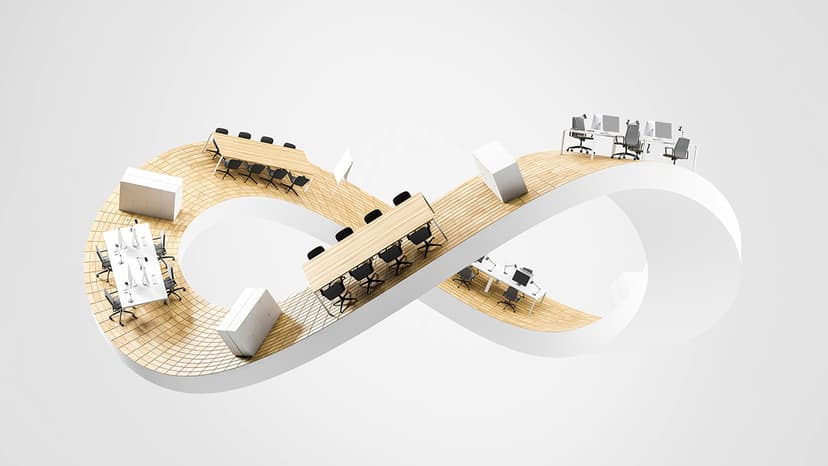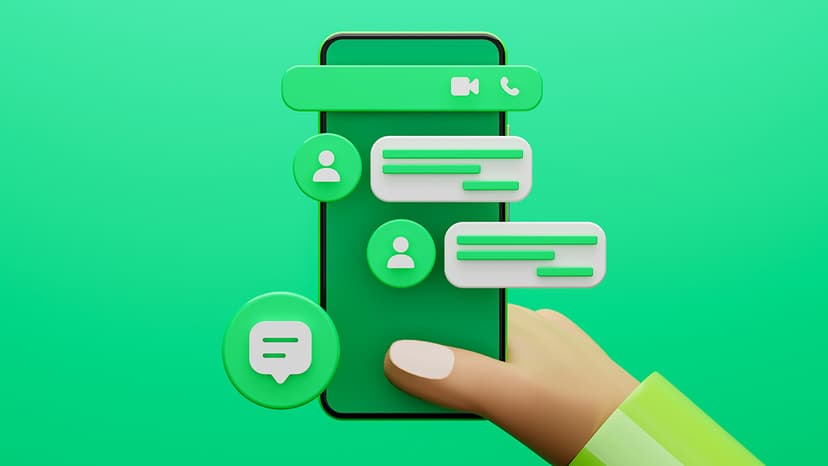How to Create Multiple Tables in Flutter SQFlite Database?
Are you looking to manage multiple tables within a SQFlite database in your Flutter application but unsure where to start? Setting up and interacting with multiple tables can be a key requirement in many app development scenarios. In this guide, we will walk you through a step-by-step process to help you create and work with multiple tables in your Flutter SQFlite database seamlessly.
Setting Up Your Project
Before diving into creating multiple tables, ensure that you have set up a Flutter project and added the SQFlite dependency to your pubspec.yaml file. To do this, open your project's pubspec.yaml file and add the following dependency:
Yaml
Once you have added the dependency, run flutter pub get in your terminal to install the SQFlite package.
Creating the Database Helper Class
To effectively manage multiple tables in your SQFlite database, it is essential to create a separate database helper class. This class will handle tasks such as creating the database, initializing tables, and executing SQL queries. Below is an example of how you can structure your database helper class:
Dart
In the above code snippet, we have defined a DBHelper class that manages database operations for tables table1 and table2. The _initDatabase method initializes the database and calls the _onCreate method to create the necessary tables.
Interacting with Multiple Tables
Once you have set up your database helper class and defined your tables, you can start interacting with the tables by executing SQL queries. Below is an example of how you can insert data into table1 and table2:
Dart
In the above example, we have added methods insertData1 and insertData2 to insert data into table1 and table2, respectively. You can similarly define methods for updating, deleting, and querying data from multiple tables based on your requirements.
Example Usage
To demonstrate how you can interact with multiple tables in your Flutter SQFlite database, consider the following example:
Dart
In the example above, we initiate the database connection using DBHelper.instance and perform operations such as inserting data into table1 and table2, as well as fetching data from both tables.
By following the steps outlined in this guide, you should now have a solid understanding of how to create and work with multiple tables within a SQFlite database in your Flutter application. Managing multiple tables efficiently is crucial for organizing and accessing data effectively in your app. Feel free to explore further SQL operations and database management functionalities to enhance your app development experience.












